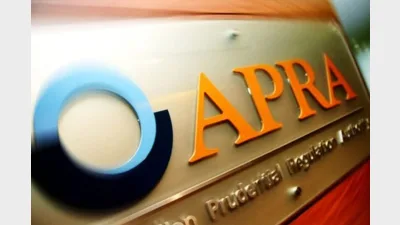Choice a bigger risk than defaults says ISA



The strongest determinant of performance for superannuation fund members is not simply scale, but the commercial model and profit orientation, according to Industry Super Australia (ISA).
ISA has used a submission to the Productivity Commission (PC) to once again stress its belief that industry funds outperform their retail counterparts.
Pointing to previous questions posed by the PC, the ISA noted that it had asked whether the greatest risk a member faced in superannuation was being defaulted into a poor-performing product.
It claimed this was not true, and that the statistical evidence showed “that the greatest risk to a member is being sold into a choice product”.
“The degree of risk is a function of the probability of a harm (in this case, low net returns), and the magnitude of that harm (in this case, the degree to which the returns are low),” the ISA submission said.
While acknowledging that some default funds fell into the bottom quartile in terms of net returns, the ISA submission argued that more than two-thirds had achieved returns in the top quartile.
“This means that, probabilistically, there is greater than a two-in-three chance that an account that was established through the default system will have received top quartile long-term net returns,” the submission said.
Recommended for you
Australia’s average superannuation balance has climbed to a record high, with women’s savings share rising and reliance on the age pension falling.
APRA has softened several governance reform proposals following extensive consultation with banks, insurers, and super funds across Australia.
The super fund’s CEO has confirmed he will finish his role in 2026.
New data shows millions of Australians have little idea how their super funds have performed over the past year.









